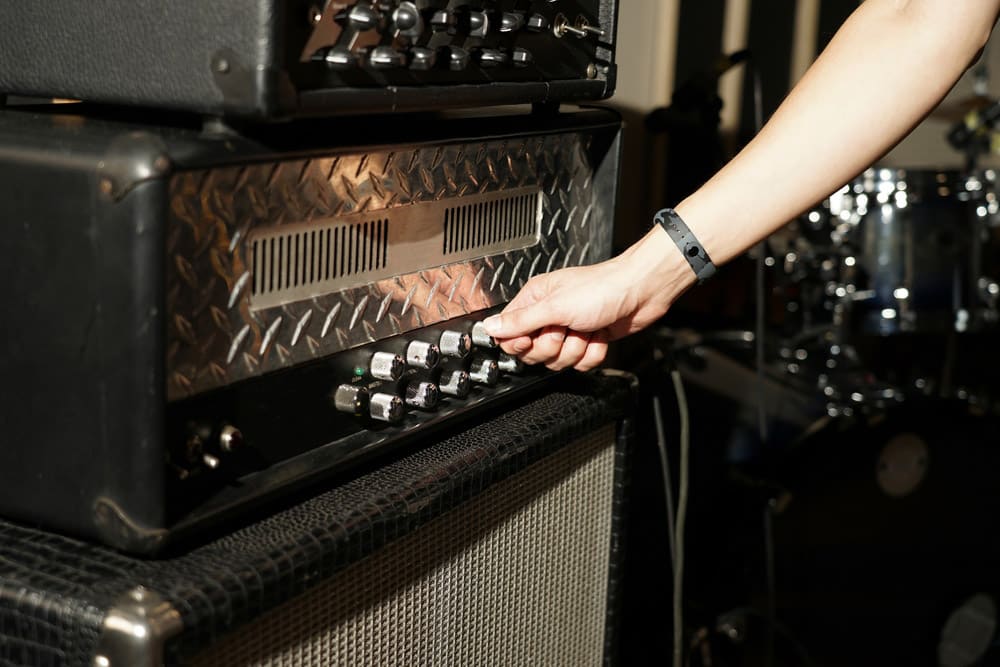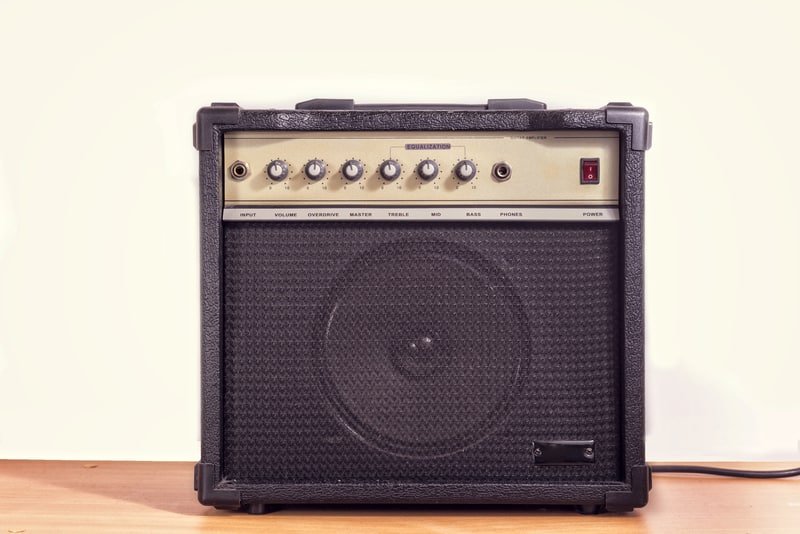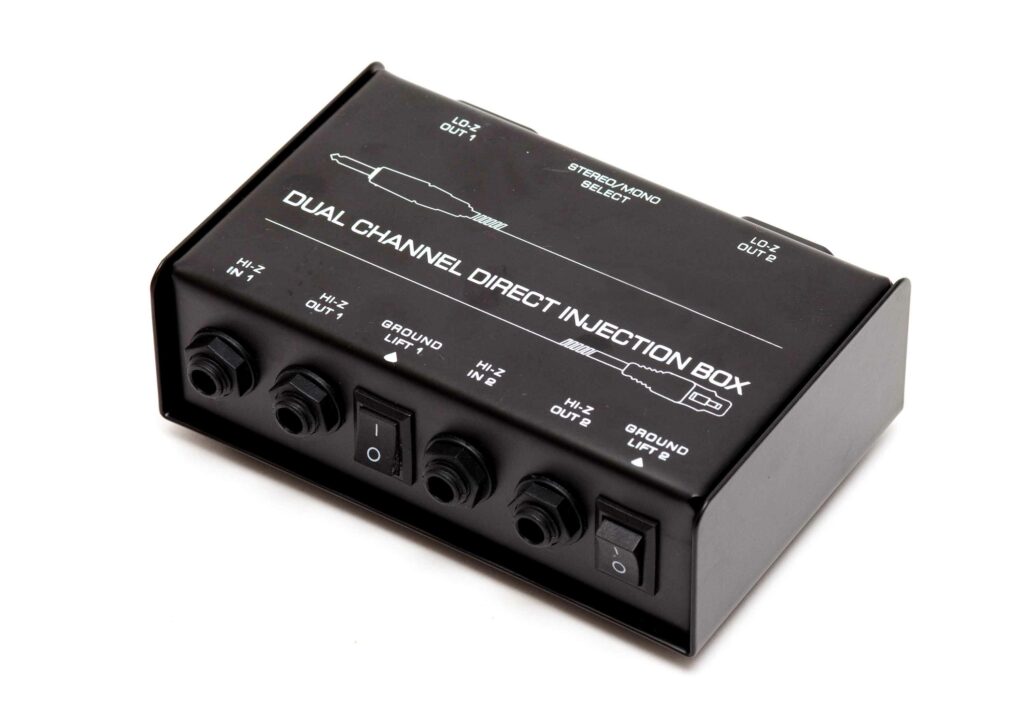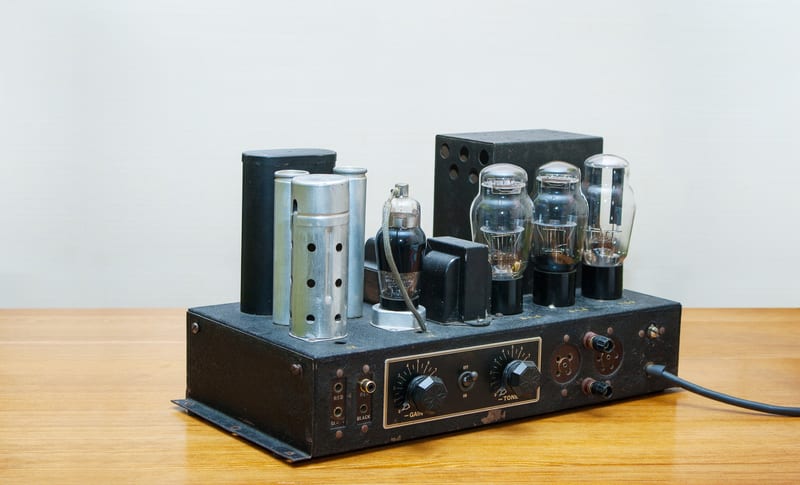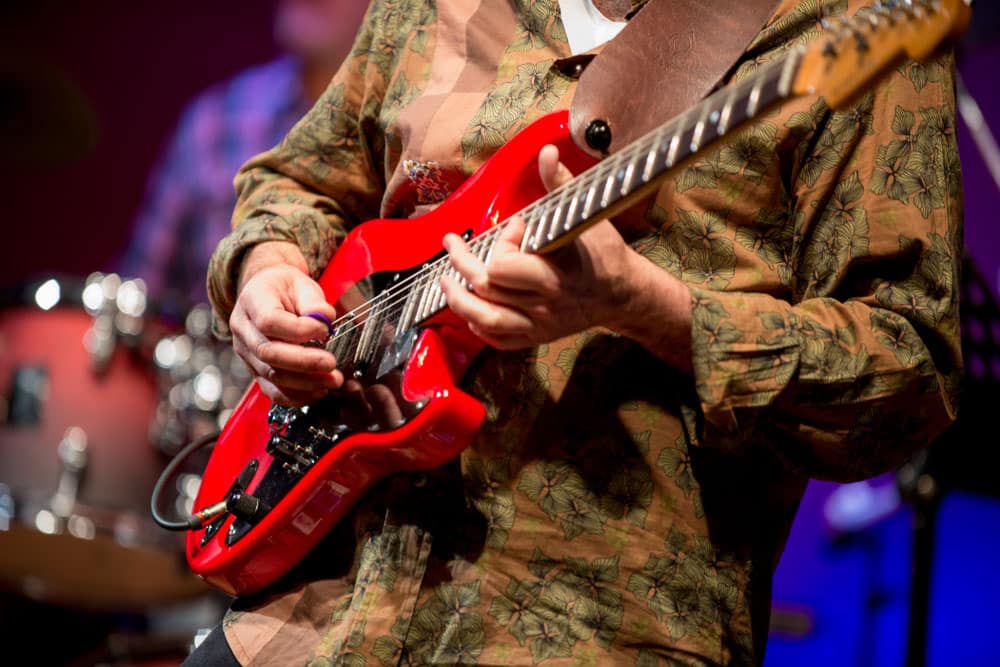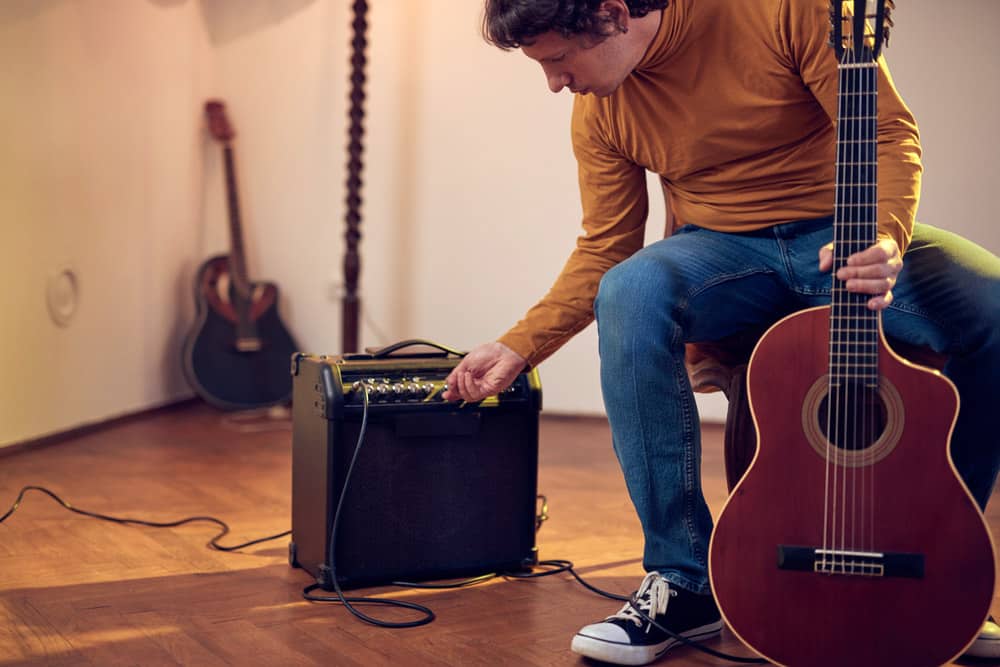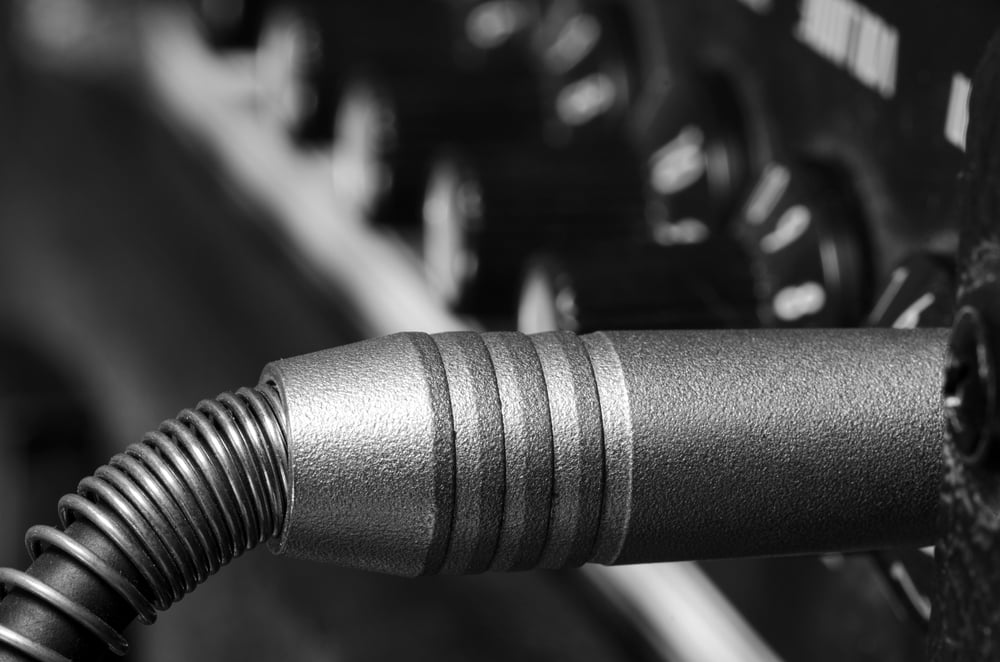
Electric and semi-electric guitars are known for clear and better tunes because they work with the amp. Most amps have an in-built hum eliminator that’s capable of reproducing the sound, without compromising on the clarity and loudness.
However, guitar users often complain about the humming sound coming from the amp, even when nothing is plugged in. If your amp keeps humming even when you don’t have an instrument plugged in, we have a few fixes that you can try out.
How To Fix Guitar Amp Hum Nothing Plugged In
- Check The Cable and the Wiring
The first thing that you must check is the cable. If the cable is damaged, it creates static, resulting in improper current transmission. You should carefully inspect the cable from the outside to identify any major issues. If the insulation on the cable is torn, you should consider replacing it altogether.
On the other hand, if there aren’t any signs of external damage, you may want to check if the wire is delivering current properly. A multimeter might be a wise choice, as it can give you an accurate reading of the total electrical current passing through the wiring.
In some cases, the internal connection between the amp and the wiring gets loose, which results in a constant humming sound. Taking the amp apart is obviously a bit complicated, but if you know your way around with a screwdriver, this shouldn’t be a problem. Secondly, you also need to check the guitar cable that you’re plugging into the amp.
The cable should be high quality, and there should be no signs of external damage. Ideally, the best thing to do is to plug in a different guitar cable and see if that fixes the issue. Once you’ve checked the wiring and the cable, move on to the next steps.
- Clean The Connectors
The second step is to check the connectors, as they accumulate dust and corrode. The corrosive material or dust breaks up the smooth connection, resulting in a humming sound. The only solution is to clean the connectors with the help of rubbing alcohol (you can also use the alcohol wipes).
Once the connectors are clean, the humming should stop. Lastly, make it a habit to clean the connectors regularly to prevent the problem. Rubbing alcohol is the preferred choice since it evaporates almost immediately, and gets rid of dust or stubborn grime.
- Check The Amp Body
Many experts recommend placing the amp on a flat surface, and it shouldn’t come in contact with any metal, particularly those metallic parts around the amp. Usually, paint works as an insulator, which helps limit the static. However, with time, this paint wears off, which results in the static buildup and humming.
So, place the amp on a flatter surface and repaint the amp if the paint has worn off.
- Check Your Amp’s EQ Settings
The EQ settings on a guitar help adjust the volume of different frequencies. Usually, people crank the EQ settings to maximum, but it creates treble, loud hiss, and other types of noise. For this reason, you must check the EQ settings and make sure it’s at the right level. To apply the EQ settings on the amp, follow the below-mentioned steps:
- Set all the controls at 12 o’clock as it makes it easier to tweak the settings
- Start tweaking each control gradually to see how it’s impacting the sound
- Set the bass at 8, mids at 4, gain at 10, and switch off the reverb
- Now, start playing and there won’t be any humming
These EQ settings will also lead to clear sound without background noises.
- Outside Interference
If you have placed the amp around different electronic and wireless devices, their signals can interfere with the amp signals, resulting in a hum. For this reason, you must put the amp away from these devices to prevent signal interference. In addition to the wireless and electronic devices, you must also switch off the fluorescent lighting.
- Pickup Signals
One of the most common reasons behind the humming sound is the type of pickup that your guitar has. For instance, the pickups with single coils tend to generate more noise as compared to humbuckers. So, if you are using the single-coil pickup, the only solution is to shift to humbucker as they buck the hum.
- Ground Loop
If the guitar amp is still making the humming sounds, you need to plug it into the multi-plug or a different socket. It is essential to determine if the ground loop is causing the humming. A ground loop is developed when you have connected too many devices in a circuit.
If multiple devices are connected to the circuit, the current creates a closed loop, which results in humming. If the humming stops, changing the plug will fix the problem but use the plug where there aren’t many devices connected. In addition to this, you can also use a ground lift switch.
This is because the ground lift switch prevents the development of the ground loop and is available at an affordable rate, making it an effective solution.
- Connections
The next step is to check the electrics of the amp because a faulty connection can lead to unwanted humming. You must check the EQ controls, gain, input, FX or pedal inputs, and volume. If any of these connections seem damaged, replacing them should resolve the problem.
It is important because when the connections are damaged, they lead to sparking, which results in weird noises, including humming.
- Fixing a Tube Amp
In case you are using the tube amp with your guitar, the tube has likely worn out. The tube usually works for one to three years, depending on its use and maintenance. So, if the tube has worn out, it can lead to signal issues, which creates a humming noise. Connect it to a tube tester and switch on the tester to check the tube amp.
If the tube shows purple, red, or orange glow, it means that the filament is heated and the tube is working fine. On the other hand, if the filament doesn’t glow, the tube is damaged and needs to be replaced to stop the humming sound.
Every amp has a noise floor, which is the base noise level an amp produces if there is no current passing through it. On the other hand, the noise gate opens the gate if the noise level crosses a specific limit and closes down the gate if the noise level drops below the limit.
For this reason, it is better to use a noise gate pedal to remove the excessive noise and humming. A noise gate pedal can attenuate the signals if they drop below the specified threshold. In addition to preventing the humming sounds, it also helps achieve tighter tones.
The guitar leads are usually used in guitars that are used for heavy metal and pop music styles. This is because they help control the sound and eliminate the background noise. However, if your guitar’s lead is broken, it won’t be able to remove the background noise, hence the humming sound.
Usually, the guitar leads work for over five years, but it significantly depends on the quality. So, check the guitar lead with the help of an ohmmeter. If there are continuity issues, replacing the guitar lead will help with noise elimination, including the humming sounds.
- Power Conditioner
The humming noise is also caused by a dirty power connection, which is why a power conditioner is recommended. The power conditioners are designed with noise filtering features, which come in handy when you need complete control over the sound and want to eliminate the humming.
Many people believe that power conditioners limit the performance of the amp, but it’s only a myth. A power conditioner helps filter out the disruptive RRI and EMI line noise and protects the amp from power fluctuations as they can damage the circuitry.
The Bottom Line
The amplifiers are essential for creating clear tunes and are widely used by guitarists to create bright tunes. However, if it starts making a humming noise, following this guide should help you out. To wrap it, it’s recommended to clean the connections and replace the wires and tubes on time to prevent such issues.

